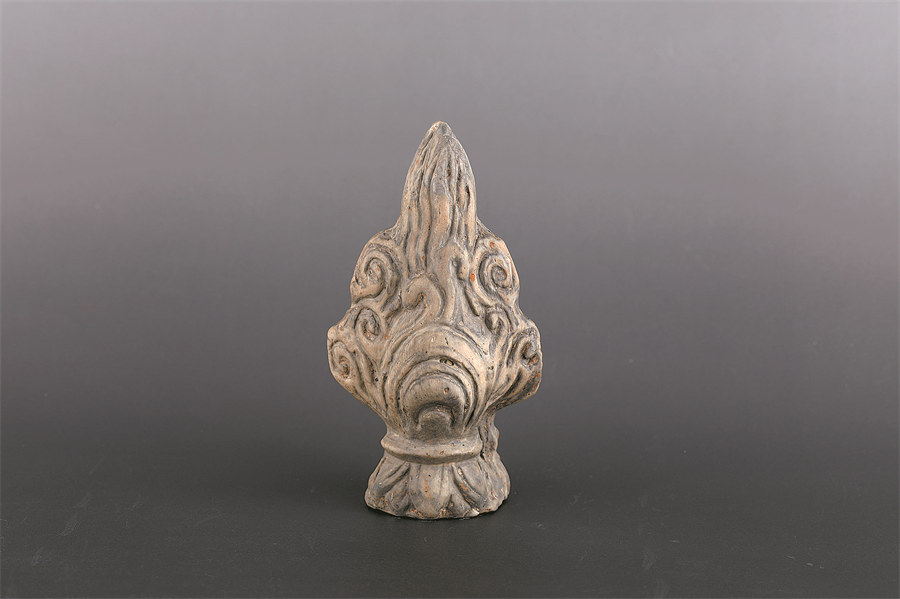Chamber of Southern Song tomb reawakens history


As Li points out, these mausoleums, together with the imperial palace, represent far more than just the lofty institutions of the royal family.
"They stand as symbols of cultural heritage involving the collective participation and creativity of society at the time," Li says.
Shou Qinze, a renowned scholar of Song Dynasty civilization and art history, highlights the long and continuous evolution of Chinese rituals, noting that a relatively complete system of ritual customs had already been established as early as the Western Zhou Dynasty (c. 11th century-771 BC).
By the Tang (618-907) and Song dynasties, a comprehensive set of ritual institutions and related cultural practices had taken shape, he says.
Over the past six centuries since the Ming Dynasty (1368-1644), the Six Mausoleums of the Song Dynasty saw a distinct sacrificial ritual system and a complete set of ceremonial norms gradually develop, which were highly valued by the descendants, Shou explains.
























